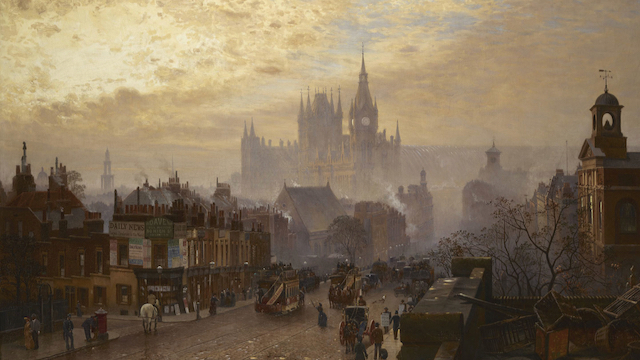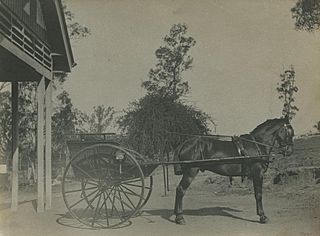Speaking of my old friend and biographer, I would take this opportunity to remark….Watson has some remarkable characteristics of his own, to which in his modesty he has given small attention…
Hello Watsonians,
Today we add to our series of brief biographic interviews with some of the members of JHWS. Our members, like the good Dr. Watson, have some remarkable characteristics of their own, and we would like to give some small attention to them.
Sheila Holtgrieve of Seattle is an active member of this society and a dear friend to many of us in the Watsonian world. I am happy to share her interview with you. Time spent with Sheila is always a joy.
Margie
JHWS/Mopsy
- Name/with bull pup moniker—
Sheila Holtgrieve/ JHWS Daisy
2. Current (city,state, country) location—
Seattle, Washington USA
3. How long have you been a devotee of Dr. Watson?
I have been devoted to the good doctor since I became acquainted with all the canon well enough to realize that he is just as important to my love all things Sherlockian as Sherlock is. I would say this really hit home when I joined the Sound of the Baskervilles in Seattle and listened to our dear PFL (President for Life) David Haugen talk about Watson being Holmes’s heart and the one who ties us ordinary folks to Holmes. It seems to me that the Doyle stories would most likely have disappeared onto the back shelves of libraries without Watson.
4. Do you have a favorite canonical story?
Oh my, you would have to ask this question! I would say The Final Problem and The Empty House combined.
5. What is your favorite quote from the canon?
“Come at once if convenient—if inconvenient come all the same.” (CREE)
6. If you could speak directly to anyone in the canon, who would you choose and why?
Watson, of course! My working career was as an ICU RN, so I have worked with numerous doctors. I love most of them! So, I think Watson is the one for me. Plus he is such a gentleman, he has so many stories to tell (a month with him, do you think?), and I think he would enjoy talking with me.
7. Are you fond of any particular canon adaptations—pastiche, radio, film?
I prefer reading to any other kind of media with radio as a second. So, I have read many pastiches over the years. My favorite authors are June Thomson, Hugh Ashton, and Denis O. Smith among several others. Individual stories, not necessarily pastiches, I have found exceptionally good are: Neil Gaiman’s A Case of Death and Honey, Gillian Lincsott’s A Scandal in Winter, and the story Laurie R. King wrote in the middle of her book, The Art of Detection. I have greatly enjoyed Robert Hardy’s reading of the canon (he played Milverton in the Granada series) and the Bert Coules et al BBC radio series starring Clive Merrison and Michael Williams. My favorite TV series is the Granada series.
8. Do you have a local Watsonian/Sherlockian/Holmesian group you meet with on a regular basis?
Yes, the Sound of the Baskervilles in Seattle. Joining this group was practically the first thing I did when I moved to Seattle in 2009. In fact, I was in touch with the group leaders before I moved. Margie Deck, the Pawky Puzzler and JHWS Mopsy, and I have a close friendship that began when she asked if anyone in the club was interested in doing this new thing in the Sherlockian world—the JHWS Treasure Hunt. The rest is history in terms of the hunt and our personal friendship. She is a gem (comes by this naturally since her canonical name in the Countess of Morcar).
9. Do you have any recent Watsonian/Sherlockian/Holmesian projects/events you would like to tell us about?
I served as JHWS Mopsy’s assistant in creating the Treasure Hunt #4. We repaired toward the end of our labors to my family’s vacation home up in northern Washington to do the final fact checking and editing. To keep our minds clear, we took walks every day along the beautiful Methow River, looking out for the resident brown bear.
10. If you could change one thing in the greater Watsonian/Sherlockian/Holmesian world, what would it be?
This is not a change, it is a delightful idea for me to think about. A Sherlockian advent calendar paired with a Watsonian one. Anyone ready to go in with me on this?
























